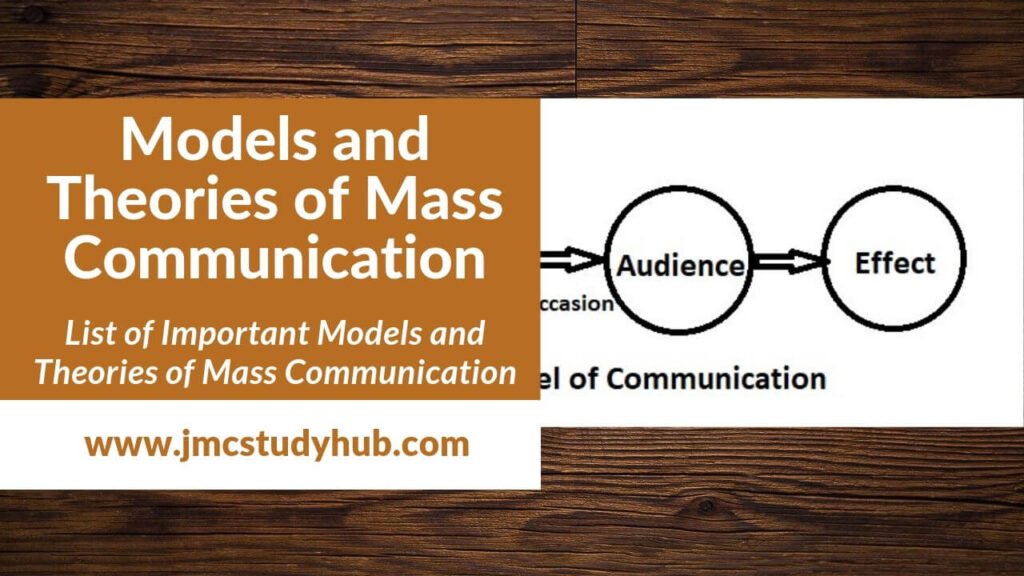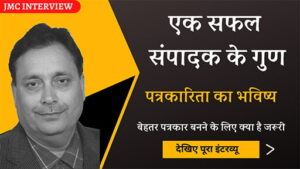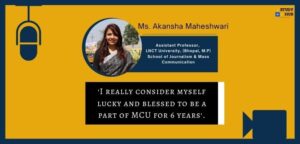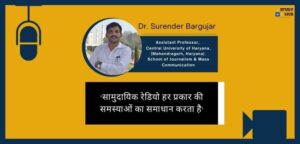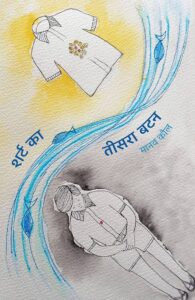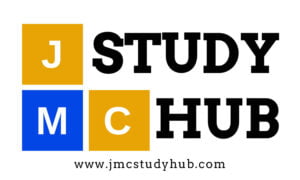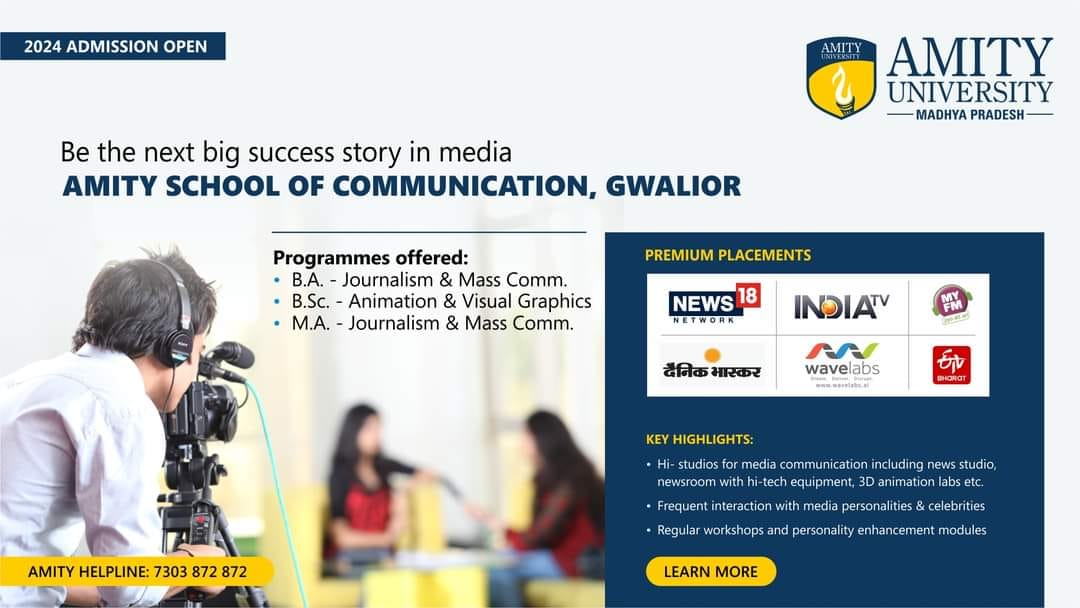All the important models and theories are listed below in chronological order and very useful for NET-JRF preparation.
| SL No | Theories | Given by |
| 1. | Magic Bullet Theory | Lasswell (1938) |
| 2. | Lasswell Model | Lasswell (1948) |
| 3. | Shannon and Weaver Model | Shannon and Weaver (1949) |
| 4. | Modernisation Theory | Daniel Learner (1950) |
| 5. | ABX Model | Theodore M Newcomb (1953) |
| 6. | Two-Step Theory | Katz and Paul Lazarsfeld (1955) |
| 7. | Congruity Theory | Charles Osgood (1955) |
| 8. | Gerbner Model of Communication | George Gerbner (1956) |
| 9. | Cultivation Theory | George Gerbner (1960) |
| 10. | SMCR Model | David Berlo (1960) |
| 11. | Diffusion of Innovation | Evert M Rogers (1962) |
| 12. | Agenda Setting Theory | McComb and Shah (1968) |
| 13. | Uses and Gratification Theory | Katz (1974) |
| 14. | Dependency Theory | Ball Rokeach and Melvin DeFleur (1976) |
| 15. | Convergence Model | Kincaid (1981) |
| 16. | Cognitive Dissonance Theory | Leon Festinger |
| 17. | Cognitive Consistency Theory | Robert Abelson |
| 18. | Information Theory | Claude E Shannon |
| 19. | Balance Theory | Fritz Heider |
| 20. | Hub Model of Communication | Hiebert Urgurait and Bohn |
| 21. | Bootstrap Model | Capra |
| 22. | Play Theory | William Stephenson |
| 23. | Stagmallite Model | Wilbur Schramm |
| 24. | Magic Multiply Model | Wilbur Schramm |
| 25. | Pleasure Theory | Emile Durkhim |
| 26. | Multiplicity Model | Jan Servaes |
| 27. | Conference Theory | Charles Osgood |
| 28. | Gate Keeping Model | Kurt Lewin |
| 29. | Meta- Theory of Communication | Majid Tehranian |
| 30. | Spiral of Silence Theory | Elisabeth Noelle-Neumann |
| 31. | Circular Model | Wilbur Schramm |
| 32. | Helical Model | Frank Dance (1967) |
| 33. | Ritual Model/ Sociological view of communication | Riley and Riley |
| 34. | Ritual View of Communication | James W. Carey |
| 35. | Osgood-Schramm model (1954) | Charles Osgood and Wilbur Schramm |
| 36. | Social Judgemental Theory | Muzafer Sherif |
| 37. | Inoculation Theory | William McGuire |


